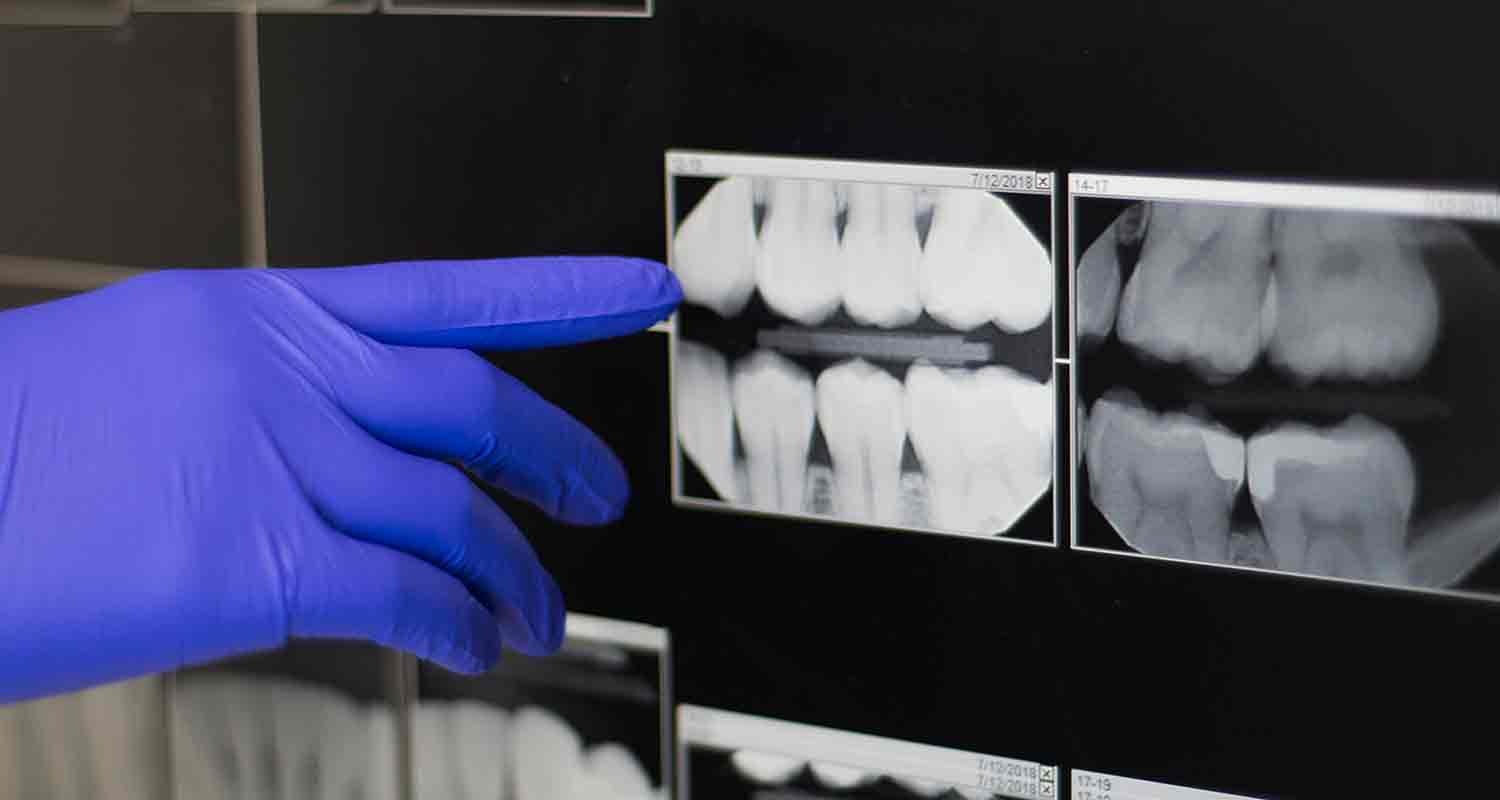In the dynamic city of Houston, where innovation thrives and oral health is paramount, dentists continually seek cutting-edge technologies to provide optimal care for their patients. Among these advancements, digital dental x rays have revolutionized the way dentists diagnose and treat various oral health conditions. But what exactly are digital dental X-rays, and how do they work? Let’s delve into the intricacies of this modern imaging technology and explore its significance in the realm of dentistry, including its role in procedures like tooth filling in Houston.
Understanding Digital Dental X-Rays
Digital dental X-rays, also known as digital radiographs, are a type of imaging technology used by dentists to capture detailed images of the teeth, gums, and surrounding oral structures. Unlike traditional film-based X-rays, which require chemical processing and produce physical images, digital X-rays use electronic sensors to capture images digitally, which are then displayed on a computer monitor in a matter of seconds. This allows dentists to visualize and analyze the images with greater precision and efficiency, leading to improved diagnostic accuracy and patient care.
Types of Digital Dental X-Rays
There are several types of digital dental X-rays commonly used in dental practices, each serving a specific purpose:
- Intraoral X-Rays: These X-rays are taken from inside the mouth and provide detailed images of individual teeth and surrounding structures. Common types of intraoral X-rays include bitewing X-rays, periapical X-rays, and occlusal X-rays.
- Extraoral X-Rays: These X-rays are taken from outside the mouth and provide a broader view of the entire oral cavity, including the jawbone and facial bones. Common types of extraoral X-rays include panoramic X-rays and cone beam computed tomography (CBCT) scans.
How Digital Dental X-Rays Work
Digital dental X-rays utilize electronic sensors to capture images of the teeth and oral structures. The process involves the following steps:
- Image Capture: A digital X-ray sensor or phosphor plate is placed in the mouth, and the X-ray machine is activated to emit a small burst of radiation. The radiation passes through the oral structures and interacts with the sensor or plate, which captures the X-ray photons and converts them into electronic signals.
- Image Processing: The electronic signals captured by the sensor or plate are transmitted to a computer, where specialized software processes the data and reconstructs the image. Within seconds, the digital X-ray image appears on the computer monitor, ready for viewing and analysis.
- Image Analysis: Dentists analyze the digital X-ray images to assess the health of the teeth and surrounding structures, identify any abnormalities or pathology, and develop a personalized treatment plan for the patient. Digital X-rays offer enhanced image quality and clarity, allowing for more accurate diagnosis and treatment.
The Benefits of Digital Dental X-Rays
Digital dental X-rays offer several advantages over traditional film-based X-rays, including:
Reduced Radiation Exposure
Digital X-ray sensors require significantly less radiation to capture images compared to traditional film-based X-rays, making them safer for patients and dental professionals alike. This reduction in radiation exposure contributes to improved safety and peace of mind for patients undergoing X-ray imaging.
Enhanced Image Quality
Digital X-ray images are highly detailed and can be magnified, enhanced, and manipulated on a computer monitor for better visualization and analysis. This allows dentists to identify subtle changes or abnormalities in the teeth and oral structures that may not be visible on traditional X-ray films.
Faster Image Processing
Digital X-ray images are available for viewing within seconds of capture, eliminating the need for chemical processing and waiting time associated with traditional film-based X-rays. This enables dentists to make timely diagnoses and treatment decisions, leading to improved patient outcomes and satisfaction.
Environmentally Friendly
Digital dental X-rays eliminate the need for chemical processing and film storage, reducing the environmental impact associated with traditional film-based X-ray systems. This aligns with the growing trend towards sustainability and eco-conscious practices in modern healthcare settings.
Incorporating Digital Dental X-Rays into Tooth Filling Procedures in Houston
Digital dental X-rays play a crucial role in various dental procedures, including tooth filling in Houston. Before performing a tooth filling procedure, dentists may use digital X-rays to:
- Diagnose Tooth Decay: Digital X-rays allow dentists to detect cavities and assess the extent of tooth decay accurately. This helps determine the appropriate type of filling material and treatment approach for restoring the damaged tooth.
- Evaluate Tooth Structure: Digital X-rays provide detailed images of the tooth structure, including the enamel, dentin, and pulp. Dentists use these images to assess the health and integrity of the tooth and identify any underlying issues that may affect the success of the filling procedure.
- Plan Treatment: Digital X-rays aid dentists in planning the tooth filling procedure by providing valuable information about the location, size, and depth of the cavity. This allows for precise placement of the filling material and ensures optimal restoration of the tooth’s function and aesthetics.
Conclusion: Embracing Innovation for Enhanced Dental Care in Houston
In the bustling city of Houston, where innovation and excellence intersect, digital dental X-rays have become indispensable tools for modern dentistry. By harnessing the power of digital imaging technology, dentists can provide patients with more accurate diagnoses, safer procedures, and superior outcomes. Whether used for routine check-ups, restorative procedures like tooth filling, or comprehensive treatment planning, digital dental X-rays play a vital role in advancing oral health and transforming smiles in Houston and beyond.






